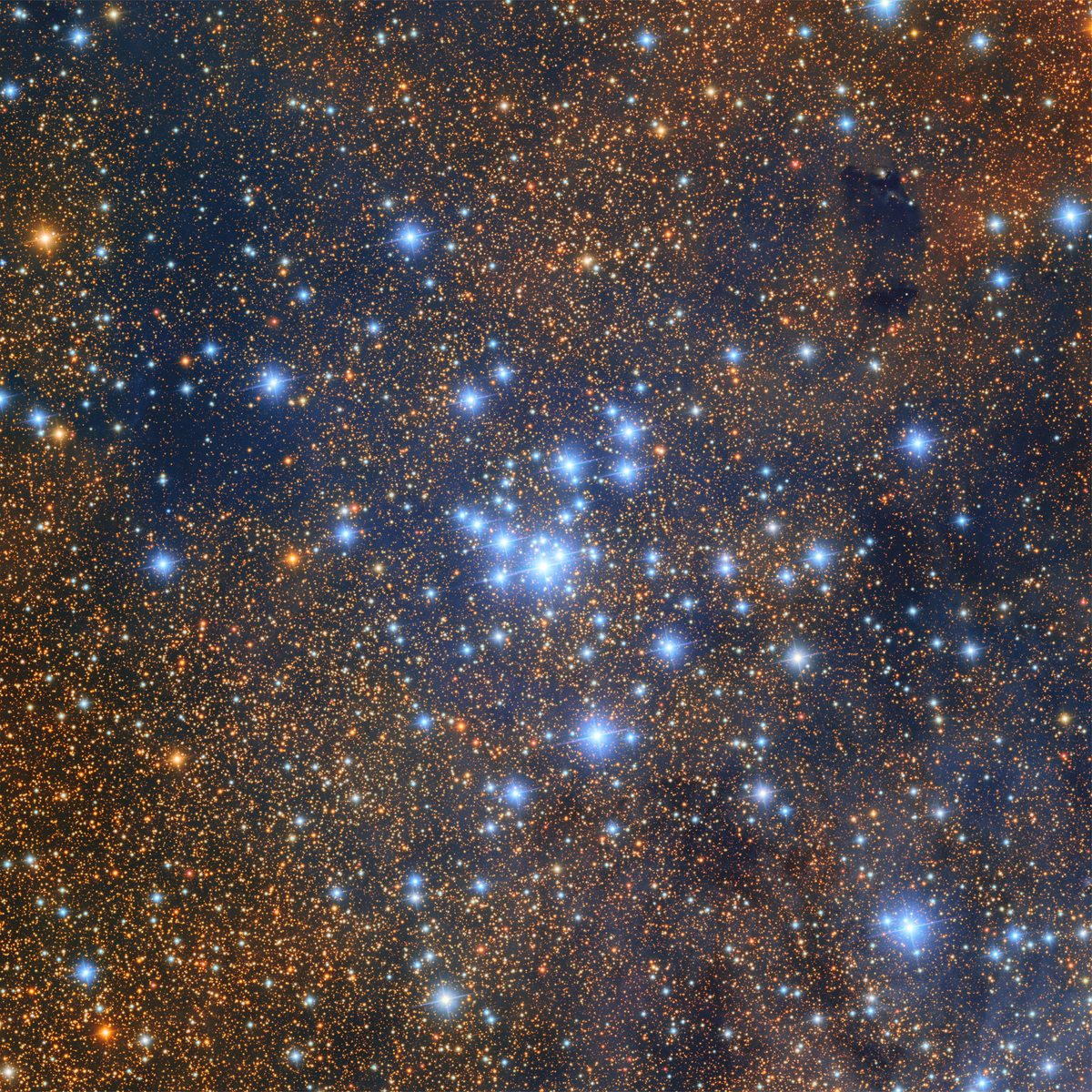A Cosmic Void May Be Skewing Our Understanding of the Universe
“You can journey to the ends of the earth in search of success,” 19th-century Baptist preacher Russell Conwell is said to have proclaimed, “but if you’re lucky, you will discover happiness in your own backyard.”
But our understanding of all of that hinges on how well we know our own local neighborhood, which remains poorly mapped and poorly understood.
If you’re enjoying this article, consider supporting our award-winning journalism by subscribing. By purchasing a subscription you are helping to ensure the future of impactful stories about the discoveries and ideas shaping our world today.
In April 2024 the Dark Energy Spectroscopic Instrument (DESI) collaboration made headlines with a stunning announcement. Data from the first year of a galaxy survey that captured precise measurements of more than 13 million galaxies revealed slight but significant evidence that dark energy may be weakening with time. That is, the mysterious force or substance that is causing the expansion of the universe to accelerate might be fading away.
But to see out into the wider universe and make these grand measurements, we must first look through the nearby cosmos, and that may bias our observations. Like peering through a distorted lens, our perspective may give us the illusion of problems affecting the grand sweep of the heavens when really we’re just misinterpreting the data.
So what does our nearby universe look like?
The trouble with building a comprehensive map of the local cosmos (where “local” means out to a distance of a few hundred million light-years) is that to create a full picture, surveys must be deep, broad and complete. They need to map out every region of sky, going as far into the universe as possible, and capture every single galaxy, no matter how small and dim. Most astronomical surveys, however, typically achieve only two out of those three goals.
For example, in 2013 a team of researchers, Ryan Keenan, Amy Barger and Lennox Cowie, studied the possible existence of what was then known as the “local hole.” Since renamed the KBC void, it’s a possible depression in the local density of the universe stretching two billion light-years wide. It’s a not a particularly deep depression: this local span of the universe looks to be just 10 to 20 percent less dense than the cosmic average. But it might be enough to mess with our observations of cosmic expansion: the galaxies inside the void could experience an extra gravitational tug outward from all the higher-density regions on the outside, adding a bias that otherwise wouldn’t be there and potentially alleviating the Hubble tension.
Shortly after the DESI results, Indranil Banik of the University of Portsmouth in England and Vasileios Kalaitzidis of the University of St Andrews in Scotland invoked the KBC void to explain those findings as well, arguing that these measurements are distorted because they are, essentially, anchored on the wrong assumption.
But we’re not exactly sure if the KBC void actually exists. It does appear, given our limited surveys of the nearby universe, that there are indeed fewer galaxies in our billion-light-year patch than there are outside of it. But again, comprehensive astronomical surveys are notoriously tricky.
So the researchers used Bayesian statistics, a kind of statistical approach that cleanly incorporates prior knowledge and assumptions. They ran simulation after simulation, varying every possible parameter, to build up a suite of mock galaxy surveys that were statistically compatible with the actual data.
At the end of their exhaustive analysis, they were able to find matches to most of the known superclusters near the Milky Way with high statistical likelihood, implying that the clusters astronomers think they see in galaxy surveys are indeed the real deal and not a fluke of poor-quality data.
But there was no sign of the KBC void.
But the lesson of these studies is clear. As we continue to scan the wider heavens and pierce deeply into the abyss in search of cosmic mysteries, we can’t ignore the portion of the nearby universe that we call home.
“Your diamonds are not in the far distant mountains or in yonder seas,” Conwell reportedly said. “They are in your own backyard, if you but dig for them.”
If you enjoyed this article, I’d like to ask for your support. Scientific American has served as an advocate for science and industry for 180 years, and right now may be the most critical moment in that two-century history.
I’ve been a Scientific American subscriber since I was 12 years old, and it helped shape the way I look at the world. SciAm always educates and delights me, and inspires a sense of awe for our vast, beautiful universe. I hope it does that for you, too.
If you , you help ensure that our coverage is centered on meaningful research and discovery; that we have the resources to report on the decisions that threaten labs across the U.S.; and that we support both budding and working scientists at a time when the value of science itself too often goes unrecognized.
In return, you get essential news, captivating podcasts, brilliant infographics, , must-watch videos, challenging games, and the science world’s best writing and reporting. You can even gift someone a subscription.
There has never been a more important time for us to stand up and show why science matters. I hope you’ll support us in that mission.
Thank you,
David M. Ewalt, Editor in Chief, Scientific American
Source: www.scientificamerican.com
